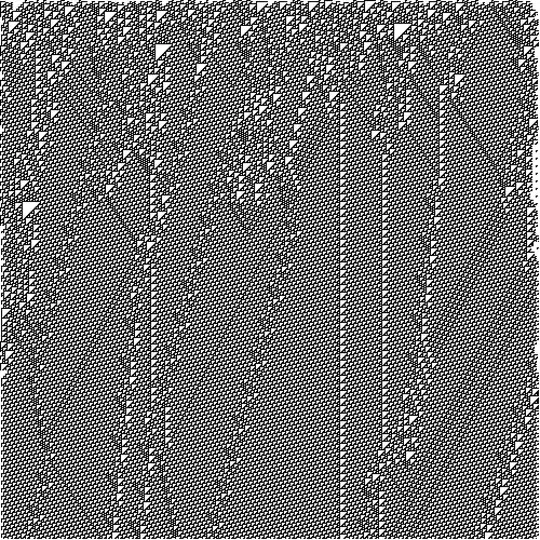As you say in your question, there are many directions "machine learning with cellular automata" can take.
Classifying cellular automata space-time diagrams with ML
I know of these two works that use neural networks to classify cellular automata into one of the 4 Wolfram classes:
In general, predicting the Wolfram class is tricky because it is not a well-defined notion.
This is part of the larger problem of classifying cellular automata behavior from their space-time diagram (or rule, etc.), for which there are also many non-ML approaches. For example, [2] uses compression to estimate the complexity of the CA, while [3] uses the asymptotic properties of the transient sizes.
In related work [4], Gilpin used a convolutional neural network representation of CA to learn the rules. He estimates the complexity of a rule from "how hard it is to learn that rule."
Cellular automata and neural networks
@Rexcirus has pointed you to the very interesting "Growing neural cellular automata" paper. The same authors have recently been working on a continuous cellular automaton called Lenia, extending it to create Particle Lenia.
The whole idea behind these examples is to use a convolutional neural network to implement a CA-like system. This has many advantages, including being able to use all the NN properties and differentiability to "learn" things with the CA.
There is a fundamental difference between the usual discrete CA and the neural network-based extensions because you move to continuous space. However, there are interesting connections to be made between the two models.
Cellular automata as ML systems
Another approach is using the CA as the basis of a ML system, harvesting its computations to make predictions. This is done with something called reservoir computing. This whole subfield is called reservoir computing with cellular automata (ReCA), and you might be interested in it. Here are a few papers to get you started (including one of mine) [5,6,7,8].
- Silverman, E. Convolutional Neural Networks for Cellular Automata Classification. Artificial Life Conference Proceedings 31, 280–281 (2019).
- Zenil, H. Compression-Based Investigation of the Dynamical Properties of Cellular Automata and Other Systems. Complex Systems 19, (2010).
- Hudcová, B. & Mikolov, T. Classification of Complex Systems Based on Transients. in 367–375 (MIT Press, 2020). doi:10.1162/isal_a_00260.
- Gilpin, W. Cellular automata as convolutional neural networks. arXiv:1809.02942 [cond-mat, physics:nlin, physics:physics] (2018).
- Yilmaz, O. Reservoir Computing using Cellular Automata. arXiv:1410.0162 [cs] (2014).
- Nichele, S. & Molund, A. Deep Reservoir Computing Using Cellular Automata. arXiv:1703.02806 [cs] (2017).
- Cisneros, H., Mikolov, T. & Sivic, J. Benchmarking Learning Efficiency in Deep Reservoir Computing. in Proceedings of The 1st Conference on Lifelong Learning Agents 532–547 (PMLR, 2022).
- Glover, T. E., Lind, P., Yazidi, A., Osipov, E. & Nichele, S. The Dynamical Landscape of Reservoir Computing with Elementary Cellular Automata. in ALIFE 2021: The 2021 Conference on Artificial Life (MIT Press, 2021).
